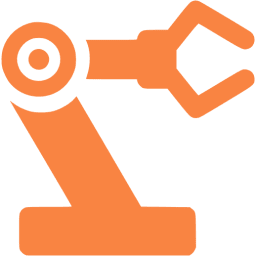Insurance Agency Robotic Process Automation (RPA)
Our Automation Philosophy
Strategic Automation Approach
Drawing from industry best practices observed in top-performing agencies (similar to Reagan Consulting's Best Practices methodology), we design intelligent automation that enhances human capabilities while eliminating repetitive, error-prone processes. Our solutions integrate seamlessly with Applied Epic, AMS360, and other agency management systems.

Key Differentiators:
Core Automation Solutions:
Implementation Framework:

Process Assessment Phase
Following industry-leading assessment methodologies, we conduct comprehensive analysis of current workflows to identify optimal automation opportunities and design custom solutions.

Solution Development Phase
Custom automation development tailored to your specific AMS configuration and business requirements, incorporating practical approaches that focus on automation within your existing systems.

Testing & Validation Phase
Thorough testing protocols ensuring automation reliability and integration with existing systems, following best-in-class delivery standards.

Deployment & Training Phase
Systematic rollout with comprehensive staff training and change management support.

Optimization & Enhancement Phase
Ongoing monitoring and enhancement to maximize automation benefits and adapt to changing needs.
ROI & Performance Metrics
These are typical implementation results that are based on analysis of implementations across various agency sizes and types.
40-60% reduction in administrative time
ROI achieved in 6-9 months
50-80% improvement in process accuracy
1-2 FTE equivalent capacity created
50-70% reduction in administrative time
ROI achieved in 4-6 months
85-95% improvement in process accuracy
2-4 FTE equivalent capacity created
60-80% reduction in administrative time
ROI achieved in 3-5 months
95%+ improvement in process accuracy
4+ FTE equivalent capacity created
Following industry best practices for performance measurement, we track:
